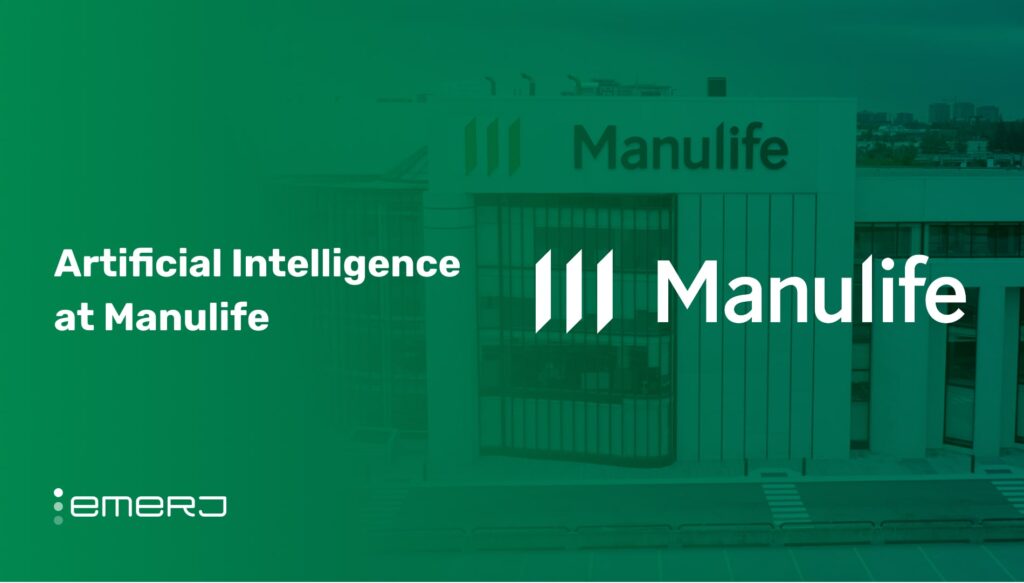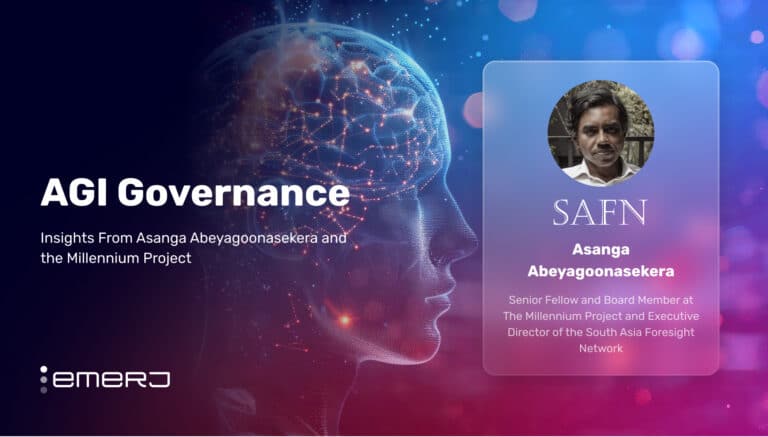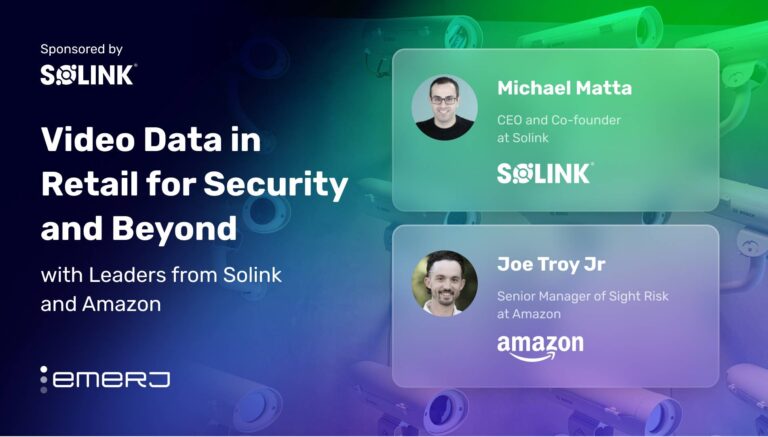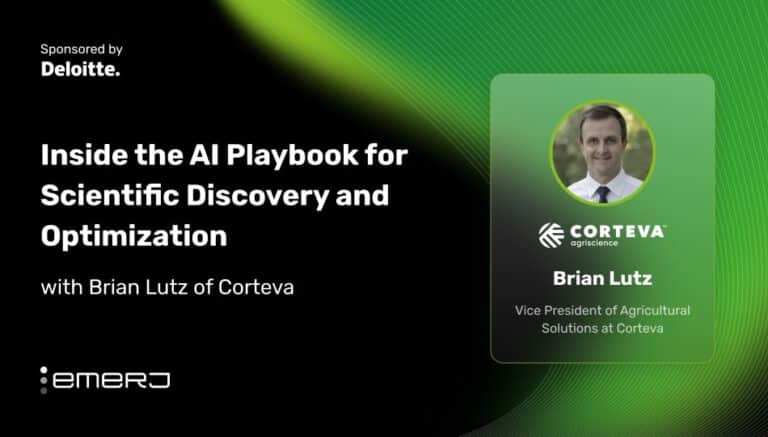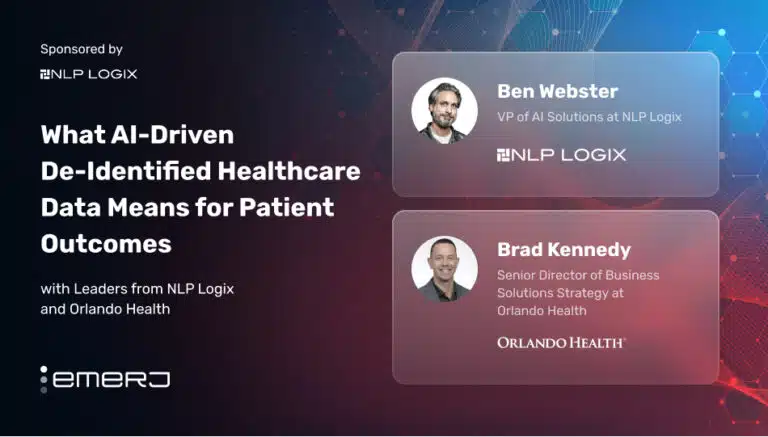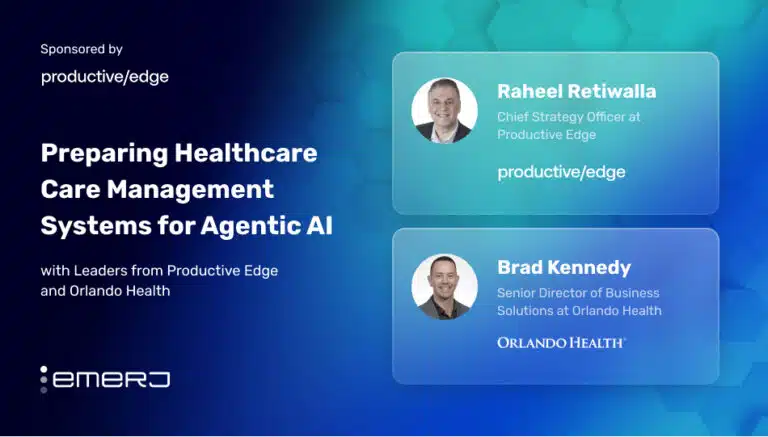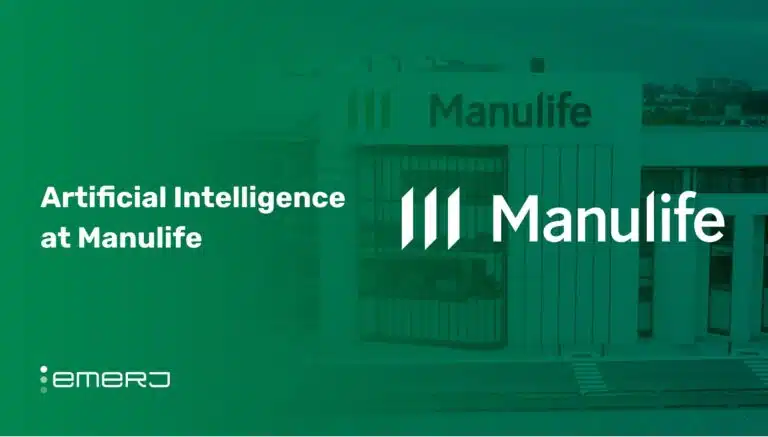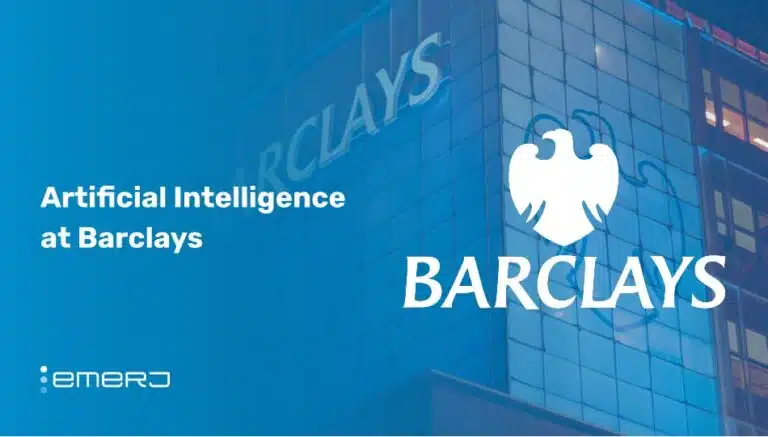Manulife Financial Corporation is a leading international insurance company headquartered in Toronto, Canada, with a strong presence in Canada, Asia, and the United States. As of the first quarter of 2025, Manulife reported core earnings of $1.8 billion and core revenue of $2,140 million. The company manages over CA$1.3 trillion in assets and employs more than 38,000 people globally, supported by a vast network of agents.
Manulife has made significant investments in AI as part of its digital transformation strategy. By mid-2025, the company had deployed over 35 generative AI use cases across its global operations, with plans to expand further by year-end. It expects its digital capabilities, including AI improvements, to deliver a threefold return on investment over five years, with over $600 million in benefits from global digital initiatives expected in 2024.
This article examines two use cases of AI at Manulife:
- Democratizing AI to drive workforce productivity: Empowering employees with GenAI-driven virtual assistant tools to streamline workflows, boost innovation, and unlock measurable productivity gains across global operations.
- Unifying enterprise knowledge to boost productivity: Leveraging machine learning to unify systems, deliver faster answers, and increase productivity.
Democratizing AI to Drive Workforce Productivity
Despite widespread attempts, most companies struggle to embed AI into the daily work of their employees. According to a BCG report, 74% of companies have not yet achieved or scaled tangible value from AI. Moreover, 70% of AI adoption challenges are related to people and processes, not technology.
Peer-reviewed research explains that this often happens because true business value from AI requires more than just rolling out new tools; it demands a fundamental redesign of workflows, significant investment in workforce training, and strong change management to ensure employees understand and trust these new systems.
Studies in business process re-engineering — a discipline closely tied to AI-driven operational redesign — and published in Nature have shown that 50 to 70 percent of re-engineering projects either fail outright or fail to achieve significant benefit.
Failure rates like these emphasize that technology alone is not enough. Without executive alignment, cross-functional collaboration, and a clear strategy for organizational change, even the most powerful AI initiatives risk underdelivering or being abandoned altogether.
According to a press release published by Manulife, the company recognized that to realize the benefits of digital transformation fully, it needed to empower its 37,000+ employees globally with AI capabilities. The company’s goal was to enhance efficiency, foster innovation, and support strategic growth by integrating AI into every aspect of its operations.
To achieve AI success at their scale, Manulife rolled out GenAI capabilities — including its proprietary assistant, ChatMFC — to 100% of its workforce. The company also invested in a robust cloud-based data and AI platform and built a dedicated team of nearly 200 data scientists and machine learning engineers to scale and support AI adoption.
Under the initiative of democratizing and scaling AI, the company deployed over 43 GenAI use cases in production across Canada, the U.S., and Asia, with more than 70 additional use cases prioritized for rollout by the end of 2025.
Here’s a brief overview of how Manulife’s GenAI rollout works:
- Gen AI is integrated into daily workflows and is accessible to all employees through a unified platform.
- Employees interact with AI assistants like ChatMFC for information retrieval, task automation, and personalized recommendations.
- The platform leverages a mix of machine learning algorithms, including natural language processing, large language models, and predictive analytics, to understand queries, automate processes, and generate insights.
- Usage data and feedback are continuously collected to refine AI models, improve relevance, and expand capabilities.

While Manulife has not yet released detailed, case-specific financial results for its GenAI rollout, public disclosures indicate substantial early impact: the company realized over $600 million in benefits from digital initiatives in 2024 and expects a threefold return on investment from its digital and AI programs over five years through 2027.
In an exclusive interview with CDO Magazine, Jodie Wallis, Global Chief Analytics Officer at Manulife, shared that generative AI capabilities have generated $4.7 million in benefits for the company. With more than 35 GenAI use cases already in production and over 75% of the global workforce actively engaged with AI tools, these initiatives are driving measurable productivity gains and operational efficiencies for Manulife.
Unifying Enterprise Knowledge to Boost Productivity
Many large enterprises struggle with fragmented knowledge systems, making it difficult for employees to find relevant information quickly. In one case study from VU University in Amsterdam, over 100 separate informational artifacts were identified for a single purchasing approval process — illustrating how fragmentation can overwhelm users and obstruct efficient access to needed documentation.
Fragmented knowledge systems lead to lost productivity, inefficient service, siloed information, and employee frustration. Enterprises must seek solutions to unify their knowledge ecosystems, improve search relevance, and enable self-service, ultimately driving operational efficiency and better customer outcomes.
According to the case study published by Coveo, Manulife faced similar challenges as its 38,000+ employees needed rapid access to critical information across multiple systems. The company recognized that empowering its workforce with more brilliant knowledge discovery would:
- Enhance productivity by minimizing time spent searching for information
- Improve the employee experience and, by extension, customer service.
- Support its broader digital transformation and AI adoption strategy.
To address these needs, Manulife partnered with Coveo to use its AI-powered relevance platform.
Coveo is a software development firm that builds enterprise search software. Its Relevance Platform is an AI-powered platform designed for enterprise search and knowledge management.
According to the case study, Manulife aimed to ensure that their Intranet could support employees in finding not only general company information and news but also role-specific and task-specific information. In other words, the company required content from multiple systems to be accessible within the Intranet.
This collaboration aimed to:
- Unify search capabilities,
- Leverage AI-driven recommendations, and
- Improve employee proficiency

Here’s a brief overview of how the Coveo Relevance Platform works
- Coveo integrates and indexes content from multiple sources like intranets, knowledge bases, and cloud apps using connectors.
- When a user searches, the platform processes the query through a pipeline applying business rules and machine learning models.
- It uses various machine learning algorithms such as Automatic Relevance Tuning, Query Suggestions, and Event Recommendations to rank and personalize results.
- Results are retrieved from a unified index and reordered for maximum relevance.
- User interactions generate analytics that feed back into the AI models to improve search accuracy and personalization continuously.
The case study directly claims the following improvements to Manulife:
- Productivity gains: Over 65,000 average monthly searches, with 70% guided by AI-driven suggestions, reducing time spent searching for information.
- Improved search relevance: Employees reported that “the right answers are just there automatically,” reflecting high satisfaction and adoption.
Enhanced decision-making: Coveo claims their analytics helped Manulife proactively address content gaps and optimize the user experience.


